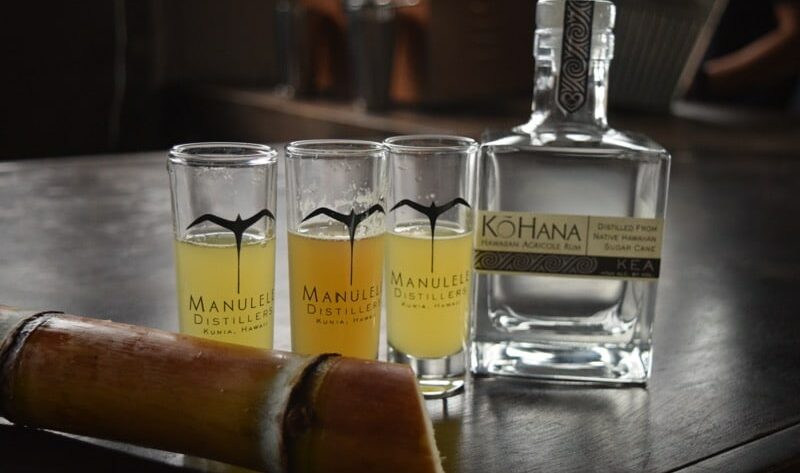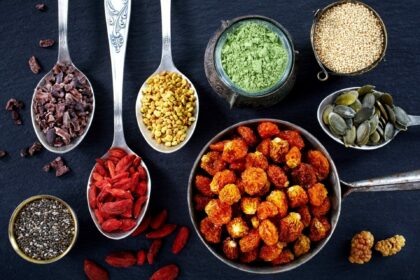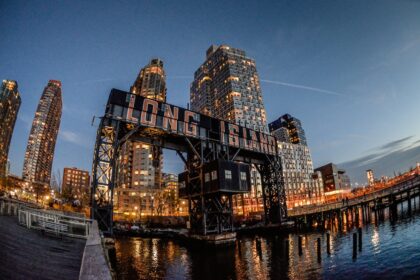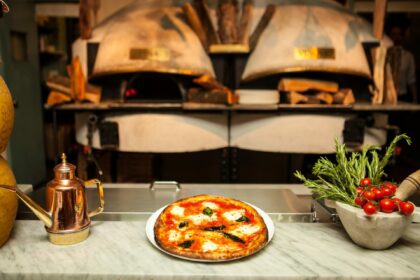By Marilou Trias, Epicure & Culture contributor
Oahu is the gathering place, as described by ancient Hawaiians.
Actually, King Kamehameha — with his Council fo Chiefs — unified the Hawaiian Islands. Also known as Kamehameha the Great, he was the first of the Hawaiian kings that ruled the rest of the Hawaiian Islands from Oahu.
Today, Oahu is the most populous island of the Hawaiian Islands.
Remotely located in the middle of the Pacific Ocean, it draws people from around the world to year-round warm temperatures, beaches, palm trees, and aloha treasures.
Take the countryside detour by driving north on Kunia Road, towards the agriculture lands to discover a little-known gem.
Along the way, soak in the bright sun that beams down while long grasses seem to wave as you drive past.
The Waianae Mountains anchor the western landscape, and eastward you may catch a glimpse of the wind turbines gently rotating.
As you crest the hill — 19 miles from the H1 freeway — a rum tasting sign beckons.
Take that left turn and you’ll find the island’s only distillery, Manulele Distillers, home to Kō Hana Agricole Rum produced from sweet heirloom sugar canes rather than molasses.
Visiting this distillery is one of my favorite things to do in Oahu. Here’s why.
Psst, don’t forget to pin this post for later!
Manulele Distillers: The Beginnings
New Jersey native Robert Dawson and Jason Brand of Florida met at the agricultural lands of the Kunia Plains.
They helped each other build their farmlands — Dawson grew lettuce for restaurants and Brand grew sugar cane. Plus, their children attended the same school.
Impressively Dawson traveled all over the Hawaiian Islands to collect heirloom sugar canes and gathered 34 varieties.
In 2011, the first sugar canes were planted across 15 acres at the old Del Monte Pineapple Farms.
With the largest sugar cane collection in the world, he turned to rum production.
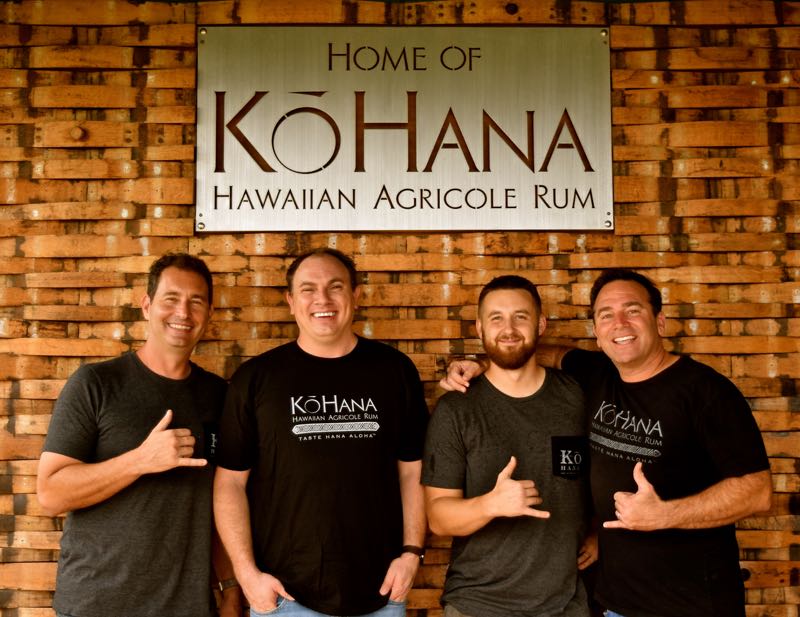
Dawson enrolled in classes and consulted master distiller, Rusty Figgins, owner of Ellensburg Distillery in Washington state.
In 2014, Manulele Distillers opened its doors yielding 200 cases of fine rum.
Hawaiian History & Culture Meets Sugar Cane
“From grass to glass”, declares Brand as he shakes my hand.
Sugar cane is a species of tall grass. These canoe plants were brought to the Hawaiian Islands by ancient voyagers over 1000 years ago.
Dawson noted that the popular hybrid canes were used for sugar production. They grew taller and upright and were harvested through machinery, but did not contain much water.
Referring to the heirloom canes, he notes, “These plants have spiritual and medicinal value to the Hawaiian people.”
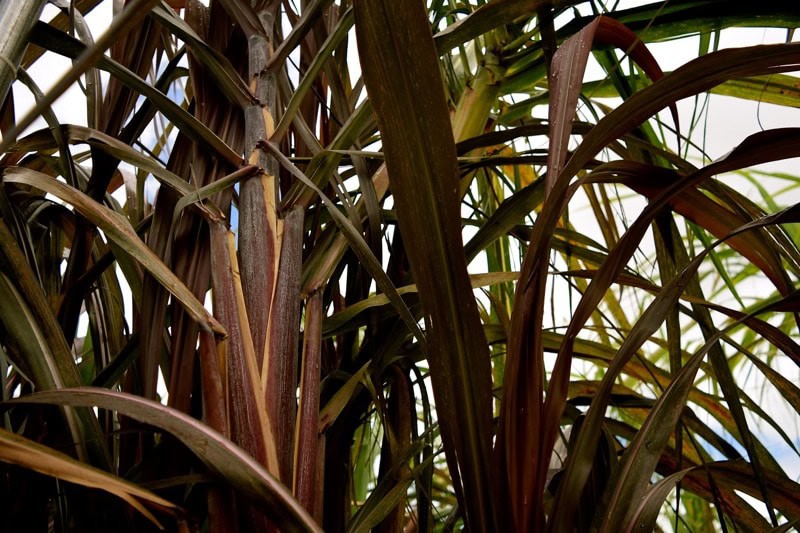
The history of Hawaiian sugar cane goes back over 1000 years, predating the Caribbean by 500 years.
Ancient peoples utilized the canes for traditional Hawaiian medicine, drought prevention, warring ceremonies, natural aphrodisiac, energy boosters and even ancient love magic ceremonies.
The Manulele variety, for example, was used in ceremonies to cause love in a person who was distant, either physically or emotionally.
Nothing went to waste, either. In fact, ancient Hawaiians used the leaves to weave baskets and to build their homes.
As Dawson learned more about the history of the sugar canes, he also realized that each cane carried a different flavor.
And just like that, the light bulb lit up.
Using Only Native Hawaiian Sugar Cane
Manulele sugar cane and other authentic native canes are utilized for making Hawaii rum.
Manulele Distillers applies the Agricole approach, a French style of rum making. They employ freshly squeezed sugar cane, resulting in one of the world’s finest pure cane rums.
“We only grow only heirloom varietals,” says brand manager, Kyle Reutner. “Heirloom cane varieties are much more finicky than their hybrid cousins and lend themselves only to careful harvesting by hand.”
Manulele’s harvesting process does not include burning to eliminate cane spiders and razor-sharp leaves. Instead, Agricole style requires immediate harvest, pressing and fermentation of the cane juice.
Each batch needs four tons of sugar cane that is harvested by four farmers, three times weekly.
Hawaii Rum: How To Try It
Daily rum tours greet visitors with a fresh glass of pressed sugar cane juice.
You’ll be immersed in the historical roots of sugar canes associated with Hawaiian ceremonies and the plantation’s history.
You will learn about Agricole rum processing, and your experience ends with a Hawaiian rum tasting that includes a souvenir glass to keep.
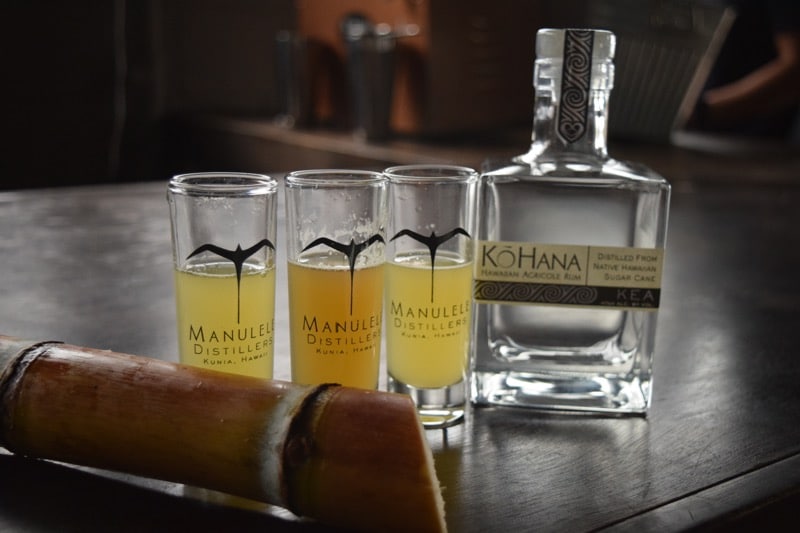
Each rum flavor is profiled by Robert Dawson, Jason Brand, Kyle Reutner and Noah Lincoln, and is only released when they all agree on the taste.
Today, Manulele Distillers distributes their hand-crafted Kō Hana Rum to many restaurants and luxury hotels in the Hawaiian Islands and California.
Hawaii rum selections available include:
- KEA. A white rum, made from a variety of canes.
- KOHO. A barrel aged rum that picks up a lot from the oak barrel and lots of dark fruit.
- KOA. A cask-strength rum made with the Mahai’ula cane variety.
- KOKOLEKA. This one is made using cacao bean and honey rum. Yum!
Resonating with the Hawaiian culture that values connectivity to the land, Manulele Distillers bases itself locally in Oahu. Therefore, a big part of this Hawaii rum experience is to be out there in rural farming areas of the island.
Craft cocktail ingredients that come from the ground using native classic crop, infused with local Hawaiian heritage and inspiring eco-tourism. Yes, Kō Hana Agricole Rum is truly made in Hawaii.
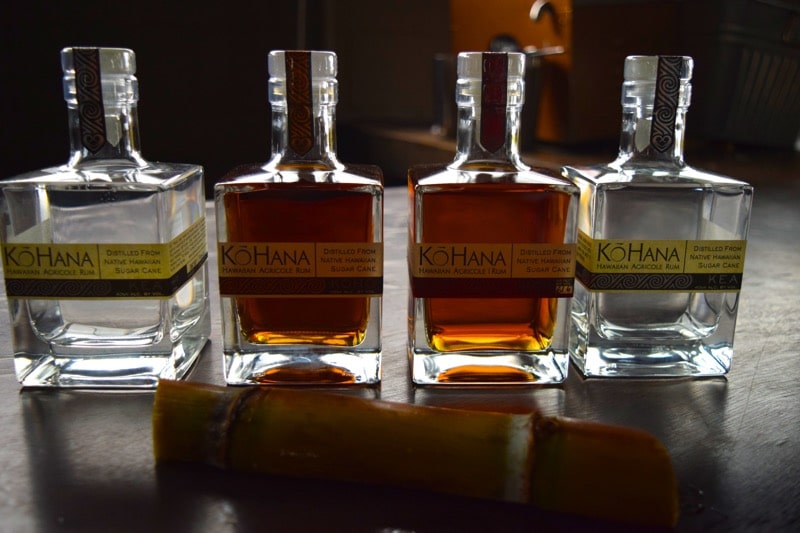
Daily Hawaiian Rum Tours
One-hour tours are conducted between 10:00 am – 4:30 pm daily, and include a free souvenir glass. Private tours are available.
Tastings are available every 30 minutes until 6:00 pm daily.
Cost: $25 for anyone 21 years of age and up, $15 for age 6 – 20 years old, free for anyone age 5 and under. Kama’aina (Hawaii residents) rates available.
Manulele Distillers, 92-1770 Kunia Rd. #227, Kunia, Hi 96759, Phone: (808) 517-4067, website: www.kohanarum.com
Oahu Tours
Visiting Manulele Distillers and savoring local Hawaii drinks aren’t the only reasons to visit the island.
In fact, there are a number of highly-rated Oahu tours to check out, too, including:
- Farm to Forest Oahu Tour
- Sunrise Photo Tour on Oahu
- Oahu Koko Head Hike
- Surf Lessons on the North Shore of Oahu
Share your own Hawaii rum experience in the comments below!
Enjoyed this post? Pin it for later!

